The saga of Australian sapphires began in 1851 when gold miners discovered the gem by chance in the Cudgegong and Macquarie Rivers in New South Wales. Other important discoveries occurred in 1854 and 1875.
Although sapphires are mined in other areas, including Tasmania, the main deposits are in three general locations in the eastern part of Australia: the Rubyvale-Anakie district in the Central Queensland Gemfields; Lava Plains in northern Queensland; and the Glen Innes and Inverell areas in New South Wales. Since mining began in earnest in the late 19th century, these regions have produced more sapphire than any location in the world.
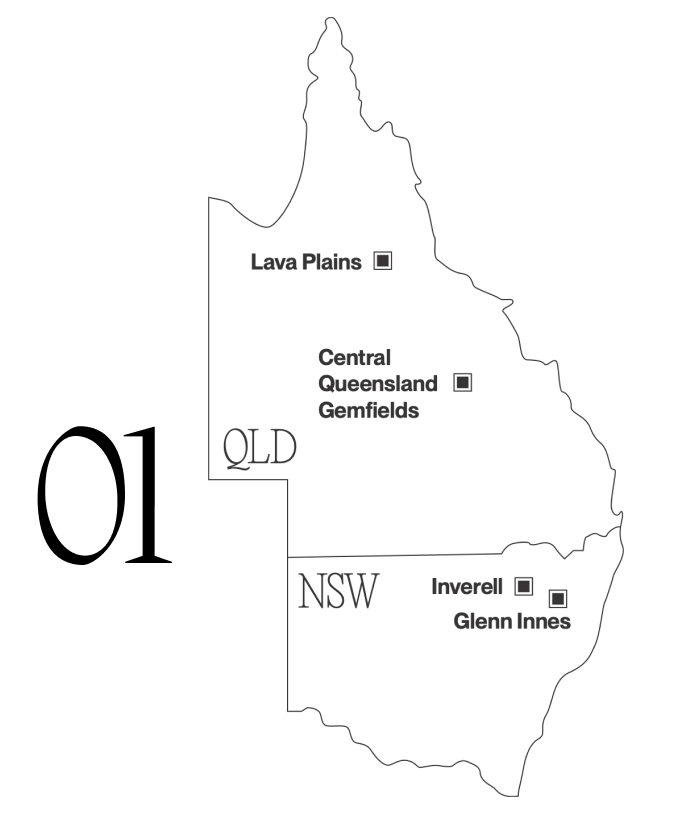
1/8 Although sapphires are found in other areas and in Tasmania, the three primary sapphire-producing areas are found in eastern Australia in: the Rubyvale-Anakie district in the Central Queensland Gemfields; Lava Plains in Northern Queensland; and the Glen Innes and Inverell areas in New South Wales.
Mechanised mining in the 1950s increased production, and by the 1980s, Australia was producing the vast majority of the world’s sapphires—some 30 million carats annually. The boom ended, though, in the 1990s when commercial sapphire discoveries were made in Madagascar, combined with the inability of the Australian industry to compete with the lower prices of treated sapphires being marketed in Asia.
Sapphires are associated with volcanic activity and are alkali basalt-related. They are found in alluvial deposits created from the erosion of the basaltic lava flows. The gems are extracted from either open-pit mines or shallow underground mines.
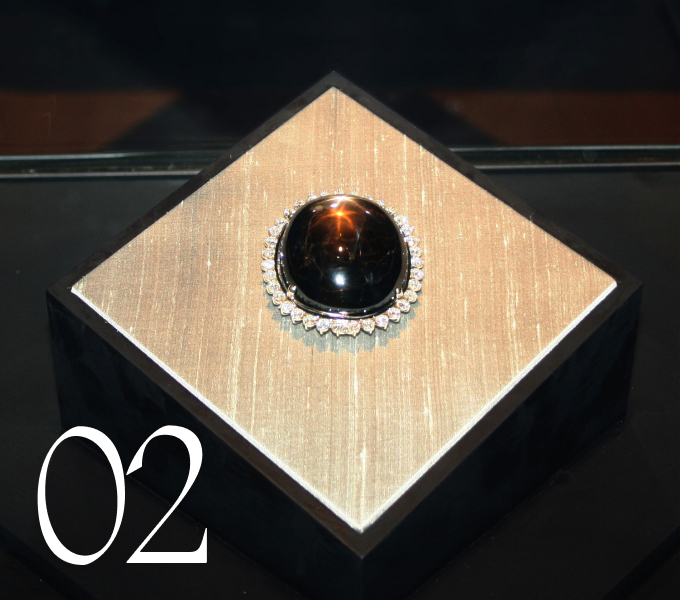
2/8 The Black Star of Queensland, the world’s largest black star sapphire, was found by a 12-year-old boy in the 1930s in the Anakie sapphire fields of the Rubyvale area of Queensland. Not appreciating the 1,156-ct stone, his family used it as a doorstop for over a decade. In 1947, Los Angeles-based jeweller Harry Kazanjian purchased it for USD18,000, and then facetted it to its final weight of 733 carats. The gem has passed through several hands as it continued its own fascinating journey. (Photo: Greylock, CC BY-SA 2.0, Wikimedia Commons)
Most Australian sapphires are dark blue with green dichroism, although lighter blue sapphires are also found as well as greens, teals, yellows, oranges and parti-coloured stones that exhibit two or three colours. The country also produces star sapphires of varying colours, among them the famous Black Star of Queensland. Today, there is renewed interest around the world for all colours of Australian sapphires.
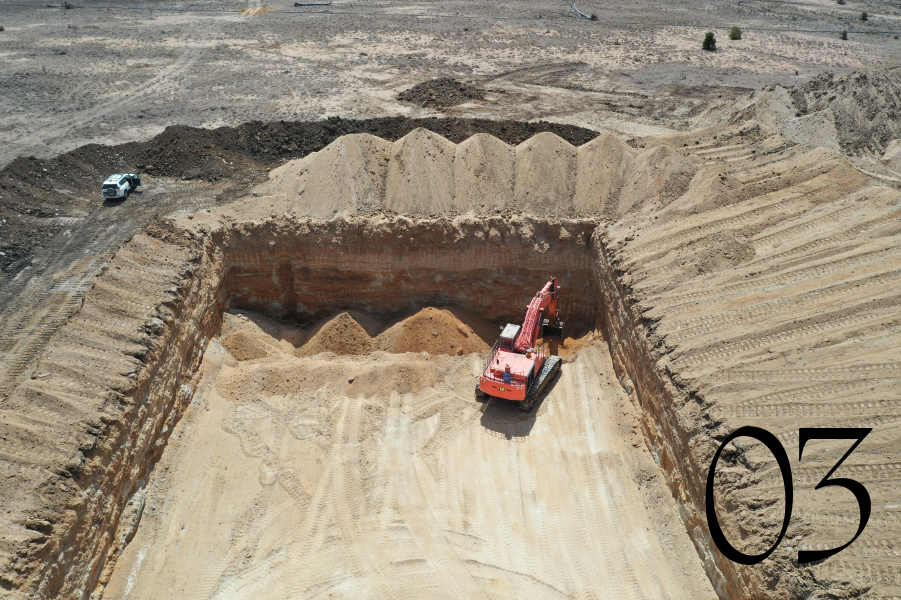
3/8 One of Fura Gem’s mines in the Central Queensland Gemfields area. (Photo: Fura Gems)
Most production is from large-scale operations along with a few small-scale miners. On the large-scale front is Dubai- based Fura Gems. A couple of years ago, the mining company announced that it had purchased two historic mining operations, Capricorn and Great Northern, giving the company 20 square kilometres of mining area, plus an additional 110 square kilometres with exploration licenses. Last year, Fura produced some 5.5 million carats of Australian sapphires, and this year the company expects to reach 10 million carats, which it markets globally.
“Encouraged by the demand for traceable and sustainable sources of sapphires, Fura Gems scaled up production last year,” comments Dev Shetty, CEO. “Our mines in Central Queensland bring back the promise of the glorious era of the late 20th century when Australia supplied over 90 per cent of the global sapphire production.”
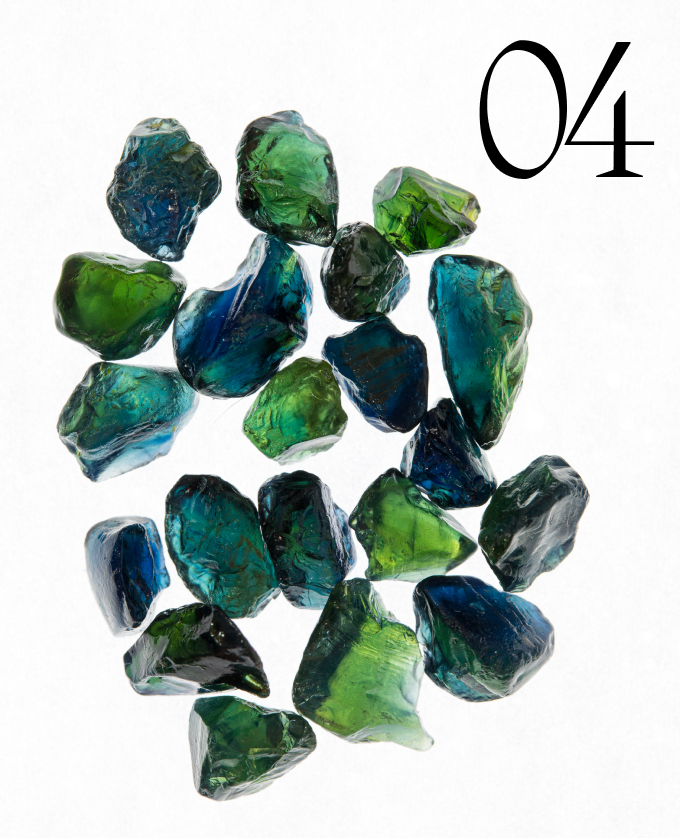
4/8 Samples of green and blue-green rough sapphires mined by Fura Gems in Australia. (Photo: Fura Gems)
Shetty continues, “Fura is also committed to developing a robust ‘mine of origin’ program to help all stakeholders across the value chain trace the source of each Australian sapphire back to the Great Northern Mining and Capricorn Sapphire mines, thus spreading trust in the gemstone vertical.”
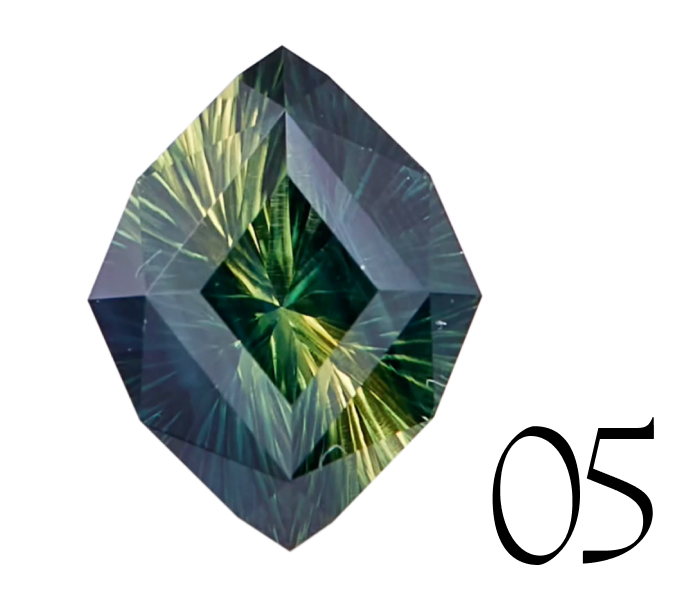
5/8 Fancy-cut parti Australian sapphire mined by Fura Gems. (Photo: Fura Gems)
Among smaller operations is family-run Coolamon Mining Pty Ltd, owned by Jim and Jen Elliot, who have been mining sapphires continuously in the Central Queensland Gemfields since 1984. While initially supplying rough stones to mostly buyers from Thailand, the company now offers quality faceted sapphire and zircon directly to jewellers, or to retail clients through the Sapphire Showcase outlet, located in the town of Sapphire. Coolamon’s main international markets are Europe, North America and New Zealand.

6/8 A 35-ct parti sapphire with tones of blue, green and yellow mined by Fura Gems. (Photo: Fura Gems)
Over the decades, Coolamon Mining has held many mining leases in different areas of the Gemfields. “While the returns and the colours obtained may vary from area to area, the one constant thing is that larger stones are becoming increasingly hard to find,” comments Jim Elliot. “We produce a greater quantity of high-quality faceted smaller sapphires in the 2 to 3 mm range,” explains Jen Elliot, adding that the favoured colours are parti and teal, which are in high demand by jewellery designers.
Another small-scale miner is Auzgems, which is based in Rubyvale in the Central Queensland Gemfields. Co-owner Esther Schmidt-Lanz, who came to Australia from Switzerland in 1983, was enchanted with sapphires and their history. She soon learned how to facet the gems and “has been doing it ever since,” she says. Ray Hudson, her partner, was one of the first to use mechanised mining in the area. “We currently are mining two claims,” she explains, adding that they were featured in a recent episode of the TV series Gem Hunters Down Under.
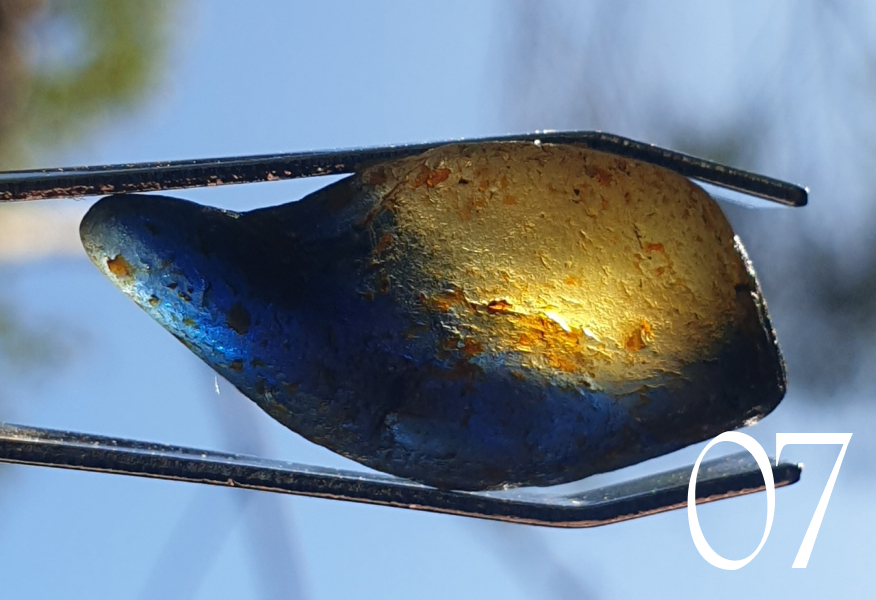
7/8 Example of a rough bluish sapphire from Coolamon Mining. (Photo: Coolamon Mining)
Most of Auzgems’ stones are blue-green, blue and parti, but they also occasionally find the more rare yellows, oranges and star sapphires. “Today, everyone wants teal colours,” explains Schmidt-Lanz. She continues that since they cut their gems, the buyer knows exactly where the gems are from, thus providing complete traceability. Their primary market is Australia, although they have a few international clients. “Sapphires are our passion,” she smiles.
With their beautiful colours and interesting history, it is easy to understand why people are passionate about the sapphires from Australia.

Read below for related stories: